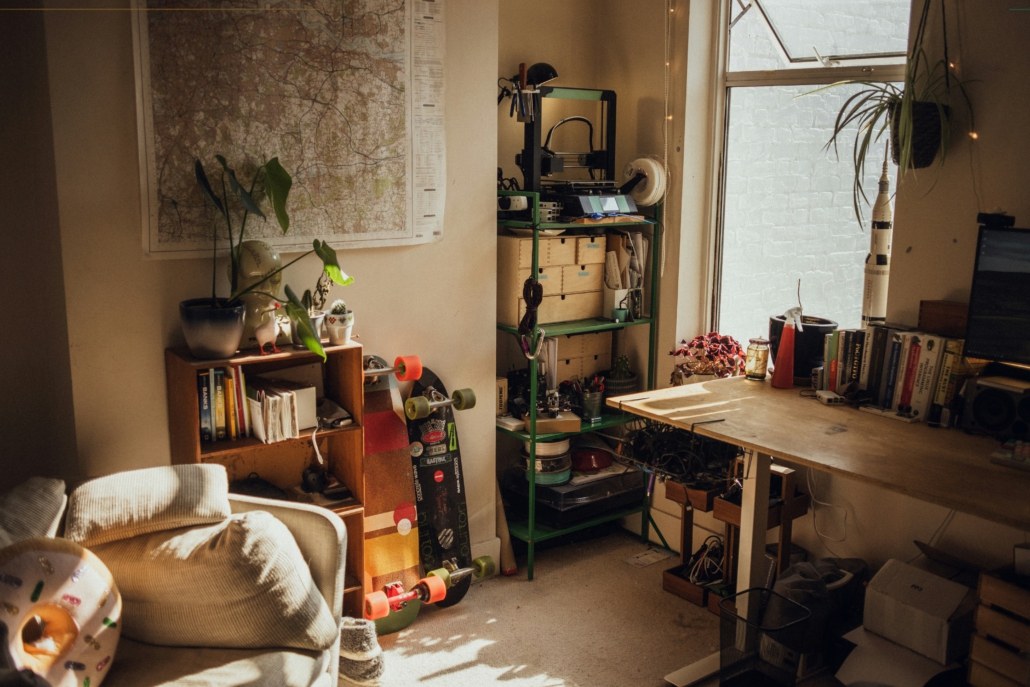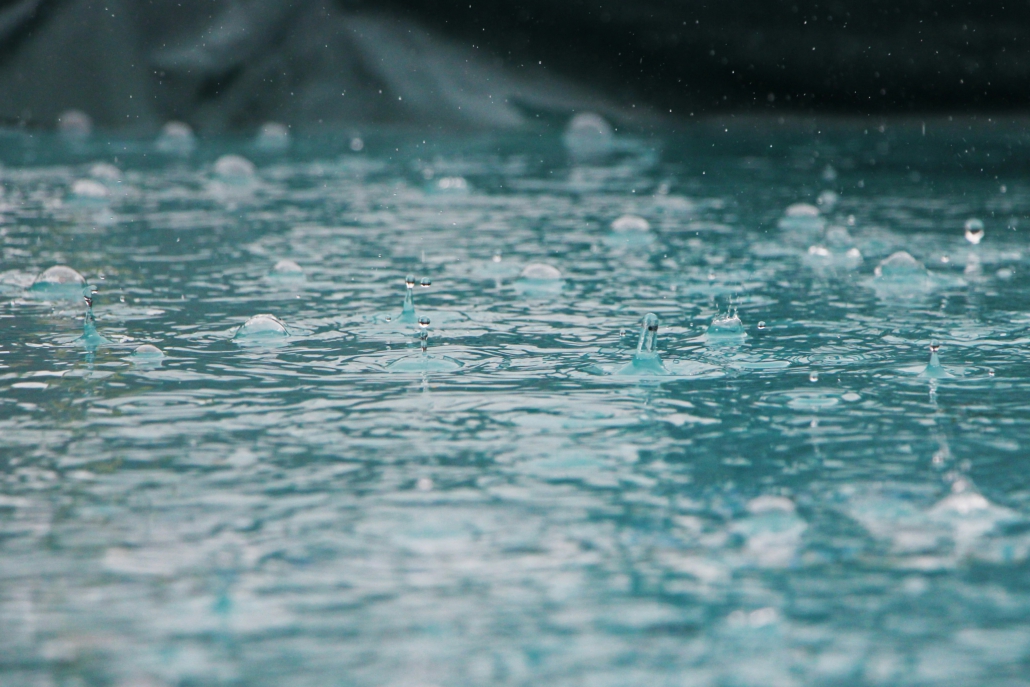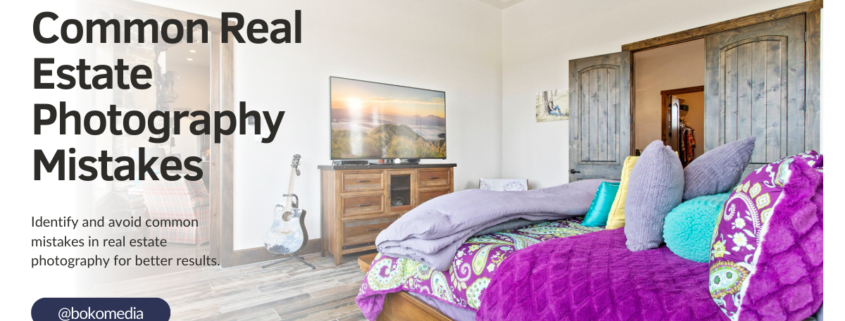Common Real Estate Photography Mistakes
Real estate photography is a powerful tool for attracting potential buyers and showcasing properties in the best light. However, even minor mistakes can detract from the quality of your photos and impact the effectiveness of your listings. Here are some common real estate photography mistakes and tips on how to avoid them.
Poor Lighting
One of the most critical elements in photography is lighting. Poor lighting can make rooms look dark, uninviting, and smaller than they are. Avoid using only the built-in flash, as it can create harsh shadows and uneven lighting. Instead, leverage natural light by shooting during the golden hour—shortly after sunrise or before sunset. Open curtains and blinds to let in as much natural light as possible. If necessary, use additional lighting, like floor lamps or softbox lights, to brighten darker areas evenly.
Cluttered Spaces

Clutter can distract potential buyers and make spaces appear smaller and less appealing. Before taking photos, ensure that each room is clean and tidy. Remove personal items, excess furniture, and any distractions. Pay special attention to kitchens and bathrooms, as these areas should be spotless. A decluttered space allows buyers to focus on the property’s features rather than the current occupants’ belongings.
Inconsistent Composition
Inconsistent composition can make your photo set look disjointed and unprofessional. Follow the rule of thirds by placing the main subject along the lines or intersections of a grid divided into nine equal parts. Keep the camera at eye level for most shots to provide a natural perspective. Avoid shooting from extreme angles, which can distort the space and make it difficult for viewers to understand the layout.
Overediting
While editing is an essential part of real estate photography, overediting can lead to unrealistic and unattractive images. Overuse of filters, excessive color saturation, and overly brightened photos can make the property look artificial. Aim for a natural look that enhances the property’s features without misleading potential buyers. Adjust brightness, contrast, and color balance to improve the photo while maintaining a realistic representation.
Ignoring Exterior Shots
Focusing solely on interior shots and neglecting the exterior can be a significant oversight. With apartment photography it’s understandable that you may focus more on interior shots, but excluding exteriors entirely is a mistake. The exterior of the property is the first thing potential buyers see, and it sets the tone for their expectations. Include photos of the front and back of the house, the yard, and any outdoor amenities like patios, pools, or gardens. Capture these images in good light and make sure the exterior is well-maintained.
Not Showcasing Key Features
Every property has unique selling points, whether it’s a beautiful fireplace, a modern kitchen, or a stunning view. Failing to highlight these features can make your listing less appealing. Identify the standout elements of the property and ensure they are prominently featured in your photos. Take multiple shots from different angles to showcase these features effectively.
Blurry or Unfocused Images
Blurry or unfocused images can make your listing look unprofessional and can turn off potential buyers. Always use a tripod to keep the camera steady, especially in low-light conditions or when using slow shutter speeds. Ensure your camera or smartphone is focused before taking each shot. Use manual focus if necessary to achieve sharp, clear images.
Wrong Camera Settings
Using the wrong camera settings can result in poorly exposed or blurry photos. For indoor shots, use a low ISO setting (100-400) to reduce noise and ensure clear images. Set a small aperture (f/8-f/11) to keep the entire room in focus. Adjust the shutter speed to properly expose the image, and use a tripod to prevent blur. For smartphone photography, take advantage of manual settings or use a dedicated real estate photography app.
Neglecting Vertical Shots
While horizontal shots are standard in real estate photography, vertical shots can be equally important, especially for tall or narrow spaces like hallways, staircases, and high-ceiling rooms. Incorporate both horizontal and vertical shots to provide a comprehensive view of the property and capture its unique dimensions.
Forgetting to Edit
Failing to edit your photos can result in images that are dark, unbalanced, or unappealing. Post-processing is a crucial step in professional Austin real estate photography. Use photo editing software to adjust brightness, contrast, and color balance. Correct any lens distortion and straighten lines to ensure the photos look professional. Remember to keep the edits subtle to maintain a realistic appearance.
Lack of Variety
A lack of variety in your photo set can leave potential buyers with an incomplete picture of the property. Include a mix of wide-angle shots that show entire rooms and close-up shots that highlight unique details. Provide multiple perspectives of each room to give viewers a comprehensive understanding of the space. Showcasing a variety of angles helps buyers visualize the property more accurately.
Poor Weather Conditions

Weather can significantly impact exterior photos. Overcast skies, rain, or snow can make outdoor shots look dreary and uninviting. Whenever possible, schedule your shoot for a day with clear skies and good weather. If you must shoot in less-than-ideal conditions, consider rescheduling or using editing tools to enhance the sky and brighten the overall image.
Conclusion
Avoiding common professional Austin real estate photography mistakes is essential for creating compelling and professional listings. By focusing on good lighting, decluttering spaces, maintaining consistent composition,




